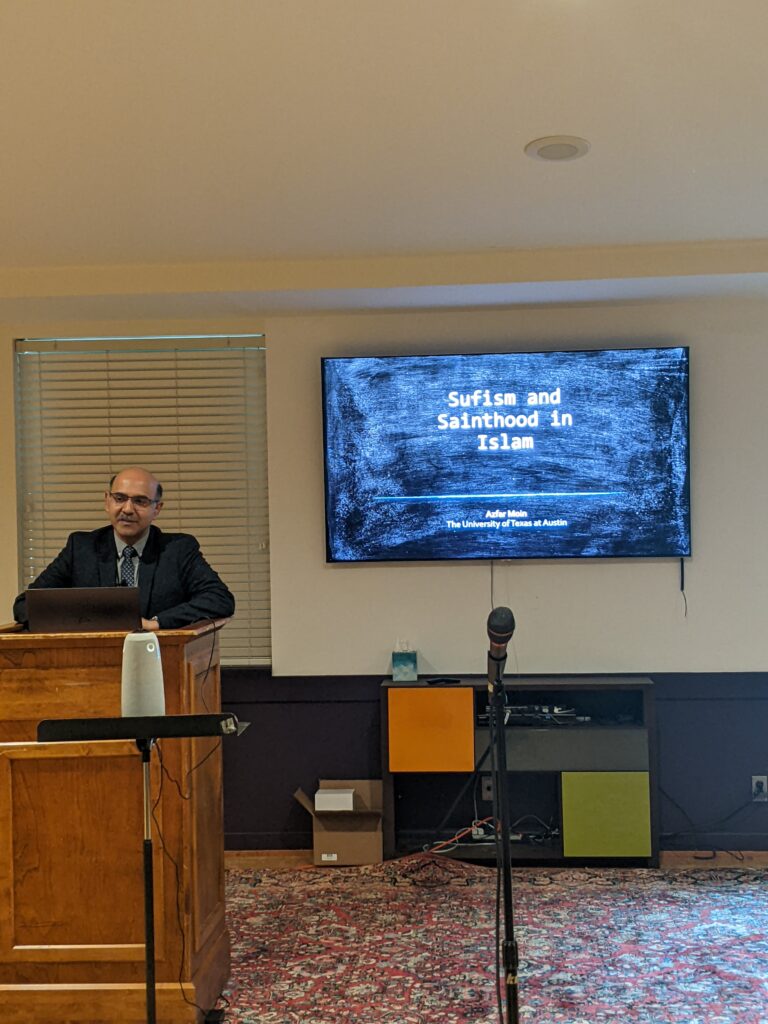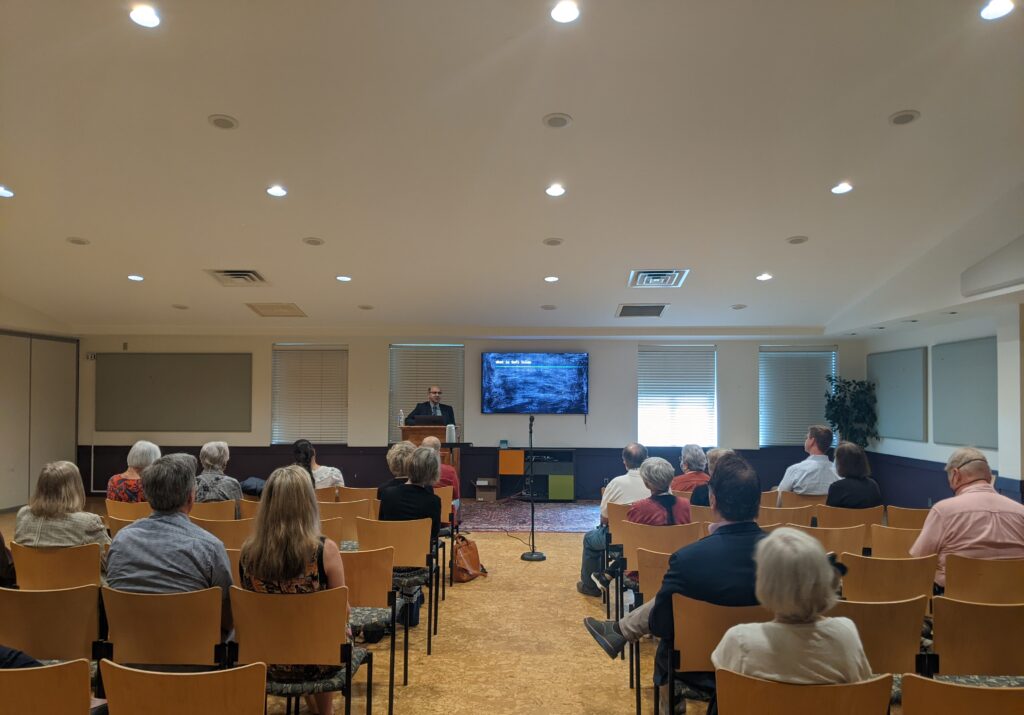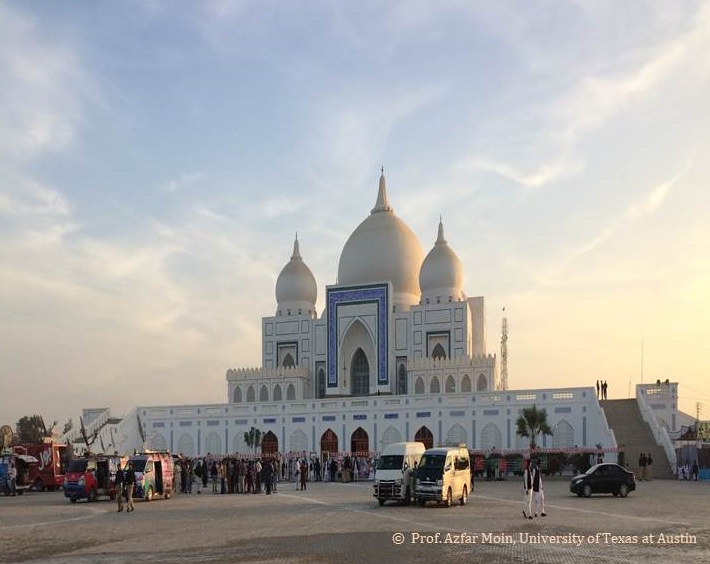By Aditi Jain and Aneeq Ejaz

On Sunday October 23, 2022, Dr. Azfar Moin, Associate Professor and Department Chair at the Religious Studies department, delivered a public lecture on “Sufism and Sainthood in Islam” at the St. David’s Episcopal Church in downtown Austin.
Dr. Moin traced the historical arc of Sufism in Islam from its beginnings in the ninth century to the present day, with references to two early sufi figures Bayazid Bastami (d. 874) and Mansour Hallaj (d. 922). Along the way he explored questions like how does one define Sufism, where does Sufism fit between the Shia-Sunni divide in Islam, and how have sufi shrines been imbricated in questions of power and political authority throughout the Islamic world up until the arrival of colonial modernity.
In defining Sufism, Dr. Moin highlighted the differences between Sufism in Islam and mystical traditions in Christianity. He also provided a sketch of the internal structures of sufi movements how these movements set about spreading their message to lay audiences using vernacular languages like Persian, Turkish and Urdu.
Dr. Moin explored in detail how Mughal mausoleums in India, like the Taj Mahal and the Humayun’s Tomb, functioned as shrines and how that historical relationship between shrines and political authority reflects itself in the very architecture of the mausoleum of Benazir Bhutto, the late prime minister of Pakistan. In the Q&A session, the audience asked questions about the state of sufi Islam in the present day, the rise of reformist Islam and the continuing reliance of many political families in the Muslim world on sufi shrines and the rituals associated with them.





